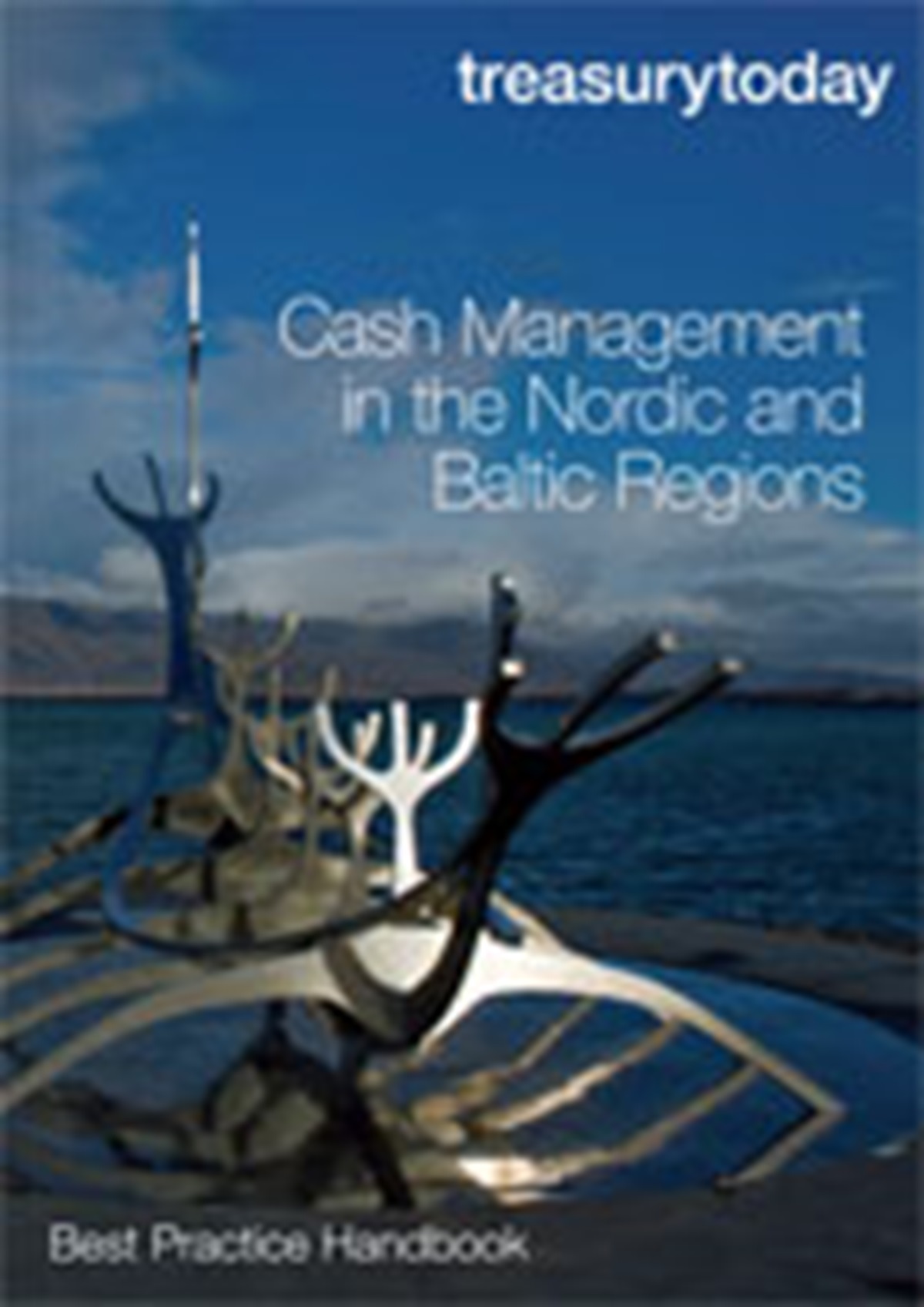Best Practice Handbooks
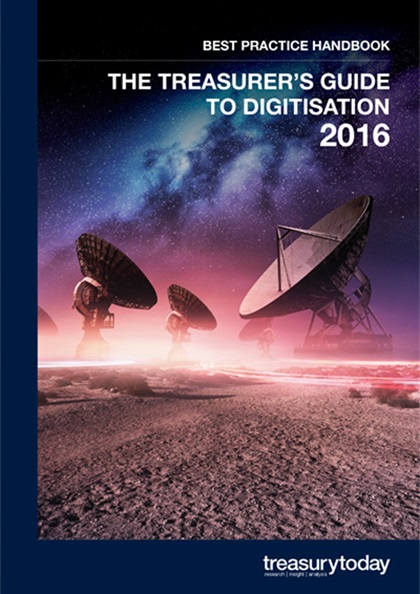
The Treasurer’s Guide to Digitisation 2016
Publication date: Sep 2016
Back in 1965, Intel-founder Gordon Moore wrote about his vision for the likely progress of the humble silicon chip. He believed that it would double in power every two years and cost less each time. He further predicted that chips would be put to work in a multitude of devices – with applications in homes, cars and even “personal portable communications equipment” – and that this growth would be self-propelling. He was right. For some time now technologists have referred to this exponential phenomenon as ‘Moore’s Law’.
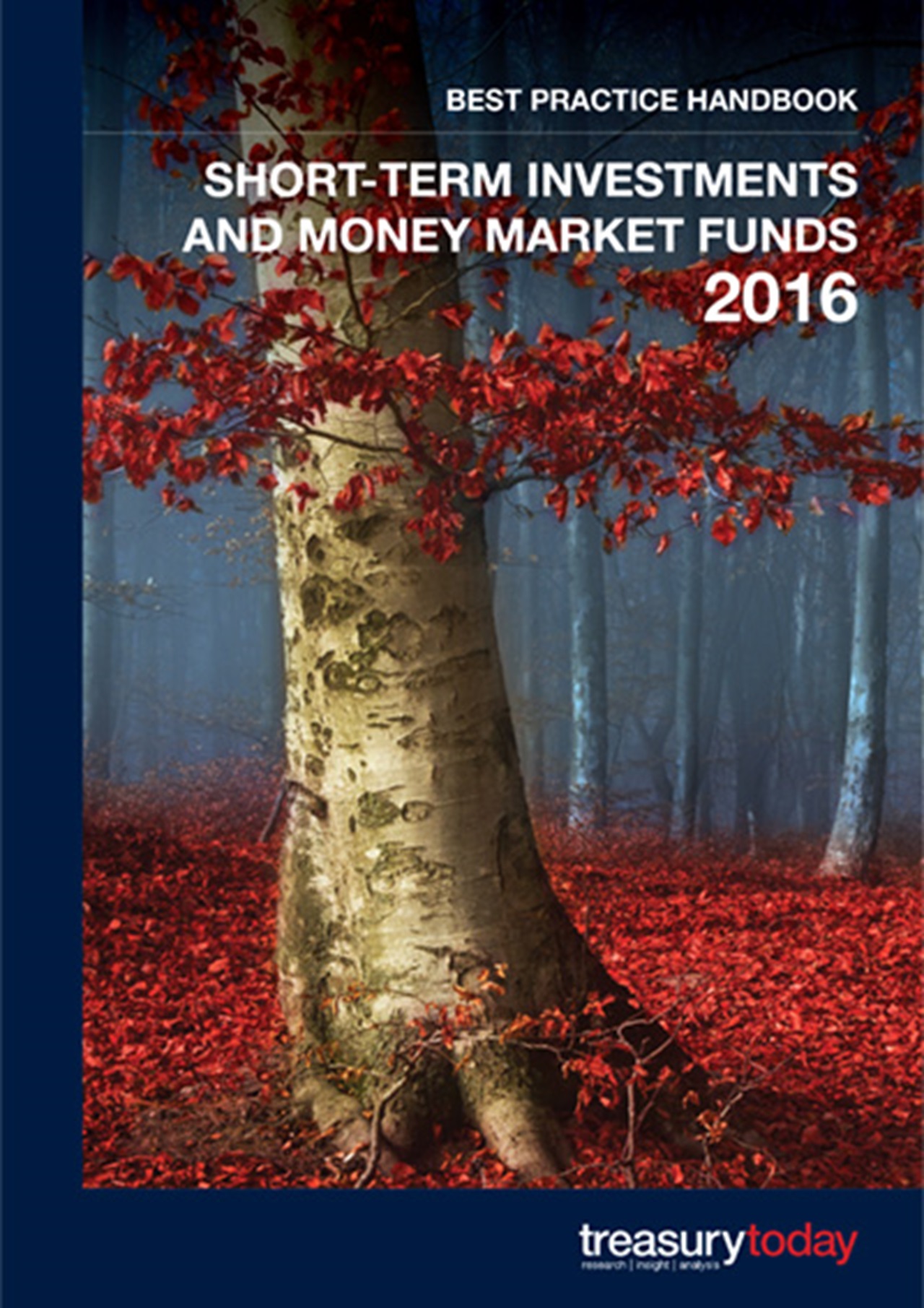
Short-Term Investments and Money Market Funds 2016
Publication date: Sep 2016
Amid unprecedented regulatory upheaval and the ongoing drift of yields into negative territory, the short-term investment climate has changed considerably over the past several years.
This Best Practice Handbook is designed to bring corporate investors fully up-to-date with all of these developments and more. A number of areas will be covered across the handbook’s five sections, including all the latest market trends, introductions to the main short-term investment instruments, considerations for selecting a money market fund (MMF), and an explanation of how MMFs are managed. It should be essential reading for every corporate treasurer.
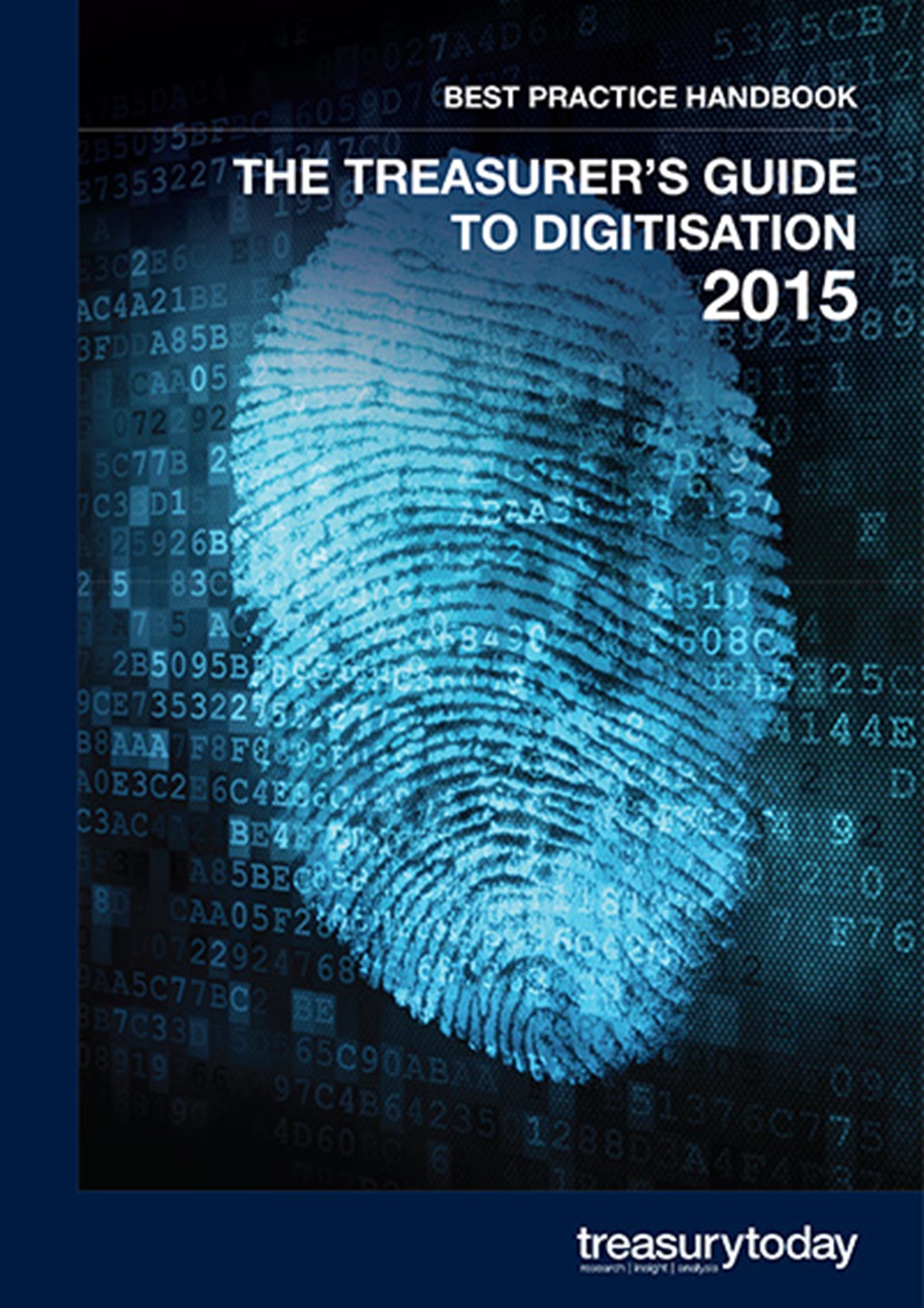
The Treasurer’s Guide to Digitisation 2015
Publication date: Sep 2015
“Never before in history has innovation offered promise of so much to so many in so short a time.” Whatever you might think of Microsoft’s Co-founder, or the frustrations you might encounter with your Windows operating system on a daily basis, Bill Gates’ statement about technology could not be closer to the truth.

European Cash Management: Trends and Innovation
Publication date:
Known for writing the industry ‘Bible’ on European Cash Management (ECM), this year, Treasury Today has updated its signature Handbook to focus less on the static fundamentals of ECM and more on the shifting dynamics of the landscape. It is designed to bring treasurers up-to-speed with the latest developments impacting treasury operations in and across Europe, so that they can be prepared for what lies ahead.

Cash Management in the Nordic and Baltic Regions 2015
Publication date: Aug 2015
This Handbook is an updated and expanded version of our 2011 publication of the same name. It is designed to provide corporate treasurers with detailed insight into cash management issues that companies might face when operating in the Nordic and Baltic regions, as well as ideas for overcoming these challenges.
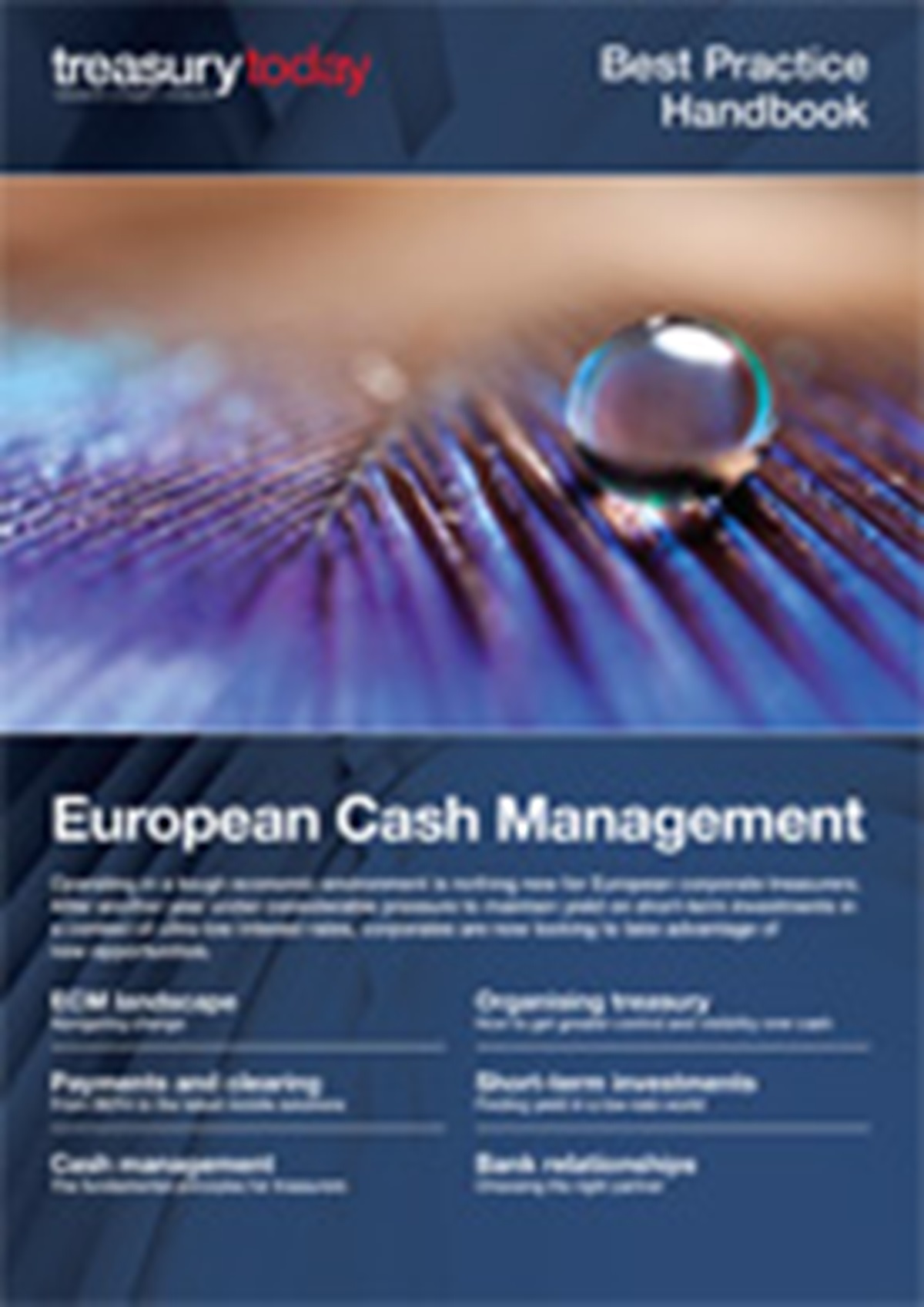
European Cash Management 2014
Publication date: Oct 2014
This European Cash Management Handbook is designed to provide an update for corporate treasurers on the various ways they can improve the efficiency and effectiveness of their cash management. Most of this guide takes a back-to-basics approach, looking closely at the elements that form the foundation of cash management so that treasurers can optimise their operations by assessing what they are doing – and what they are not doing – in relation to best practice.
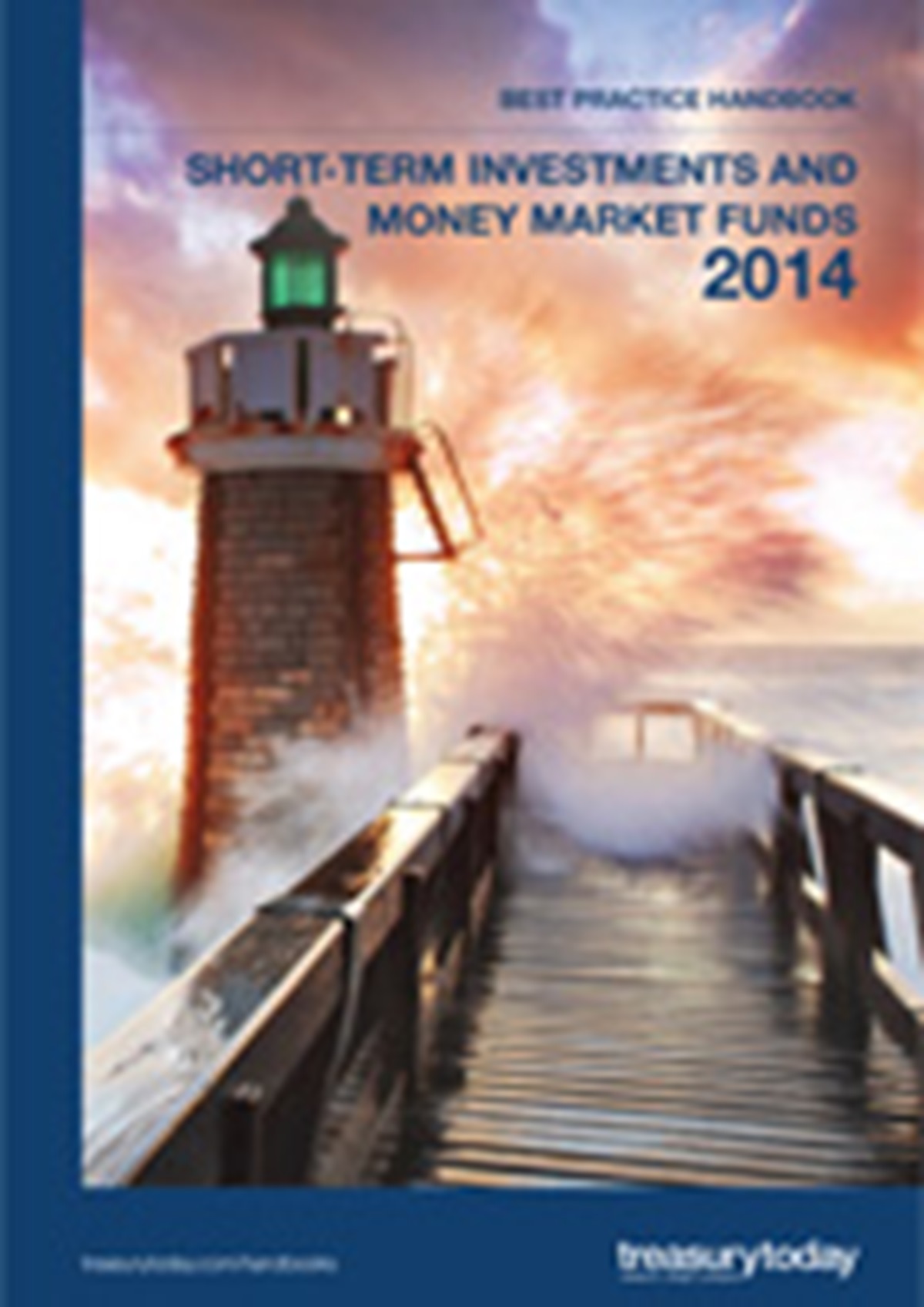
Short-Term Investments and Money Market Funds 2014
Publication date: Sep 2014
This Best Practice Handbook is designed to bring investors fully up-to-date with short-term investments and money market funds – covering both the market for these products as well as the market environment in which we are operating. It is essential reading for any corporate treasurer.
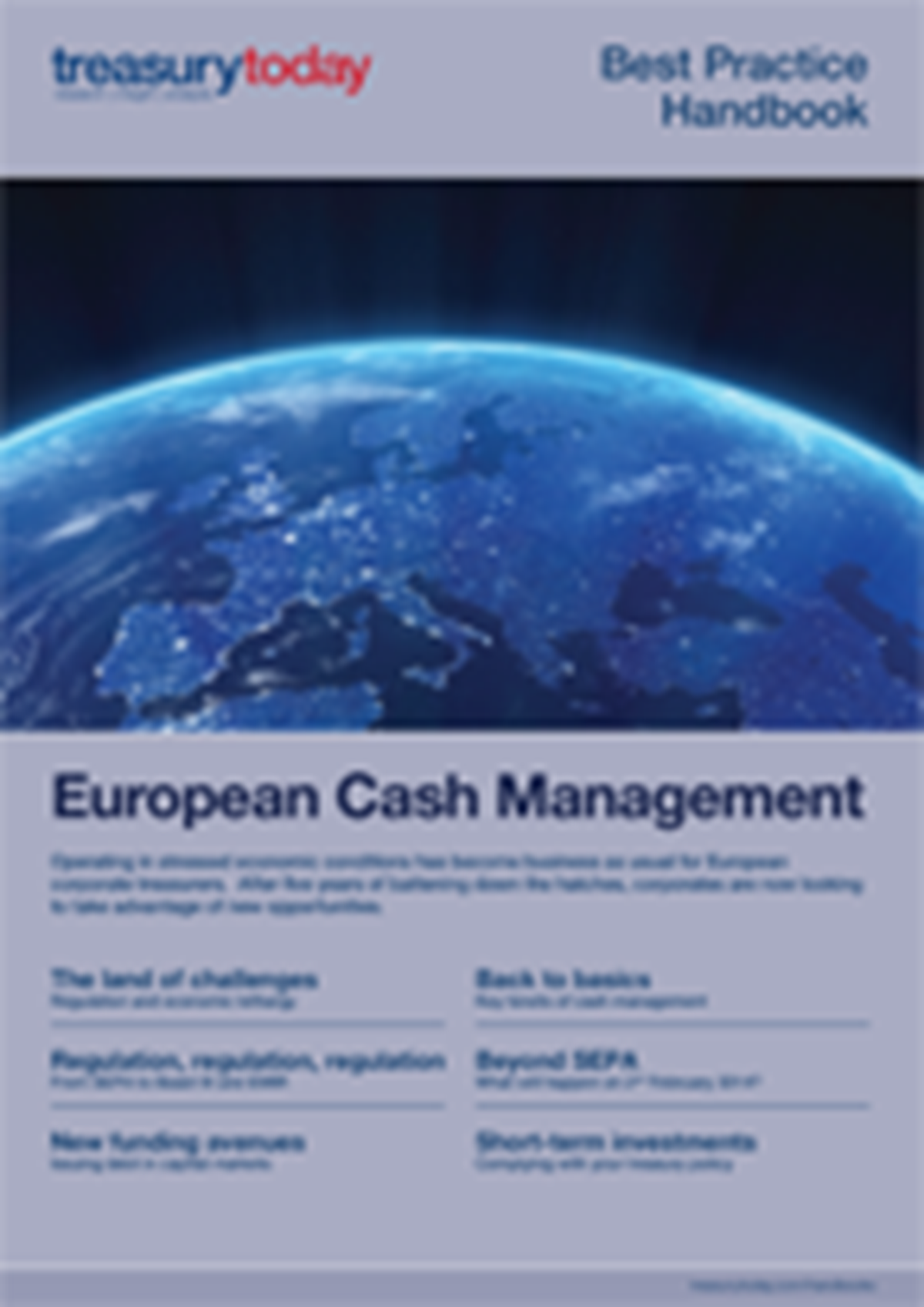
European Cash Management 2013
Publication date: Sep 2013
2013 has proven to be yet another tough year, despite muted optimism and hopeful predictions in January. Forecasts from the European Commission (EC) in early May showed annual Eurozone GDP shrinking by 0.4% in 2013, following a contraction of 0.6% in 2012. Interest rates remain at rock bottom, with Mario Draghi, Head of the European Central Bank (ECB), refusing to rule out negative rates. Government debt levels remain worryingly high in many countries, and sovereign and bank downgrades continue apace.
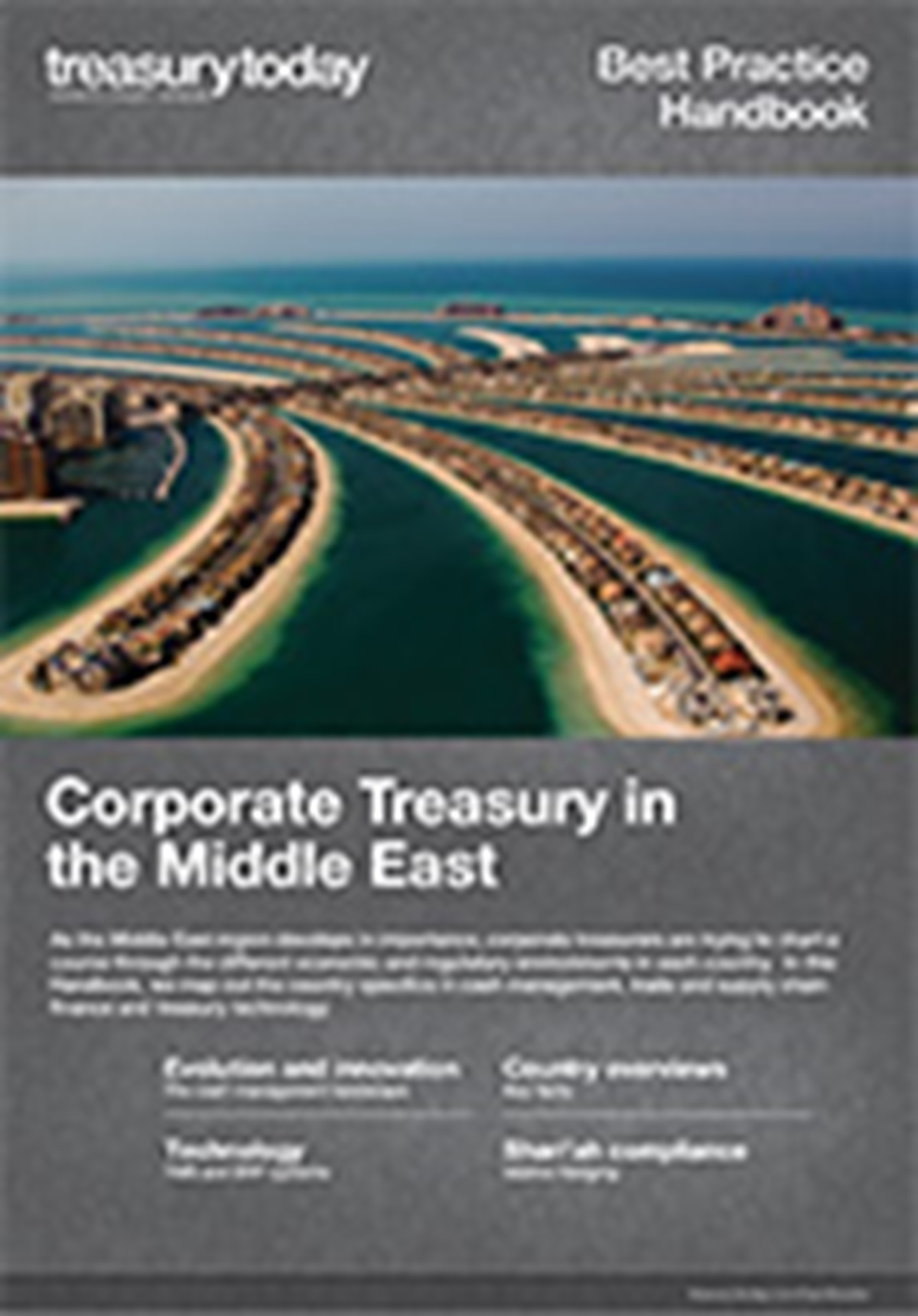
Corporate Treasury in the Middle East 2013
Publication date: Mar 2013
The Middle East is a complex and increasingly innovative region. Although some countries exhibit similarities and a level of co-ordination, particularly those that make up the Gulf Co-operation Council (GCC), it would be a mistake to treat the region as one country. Each one has specific characteristics and challenges associated with different economic and regulatory environments.
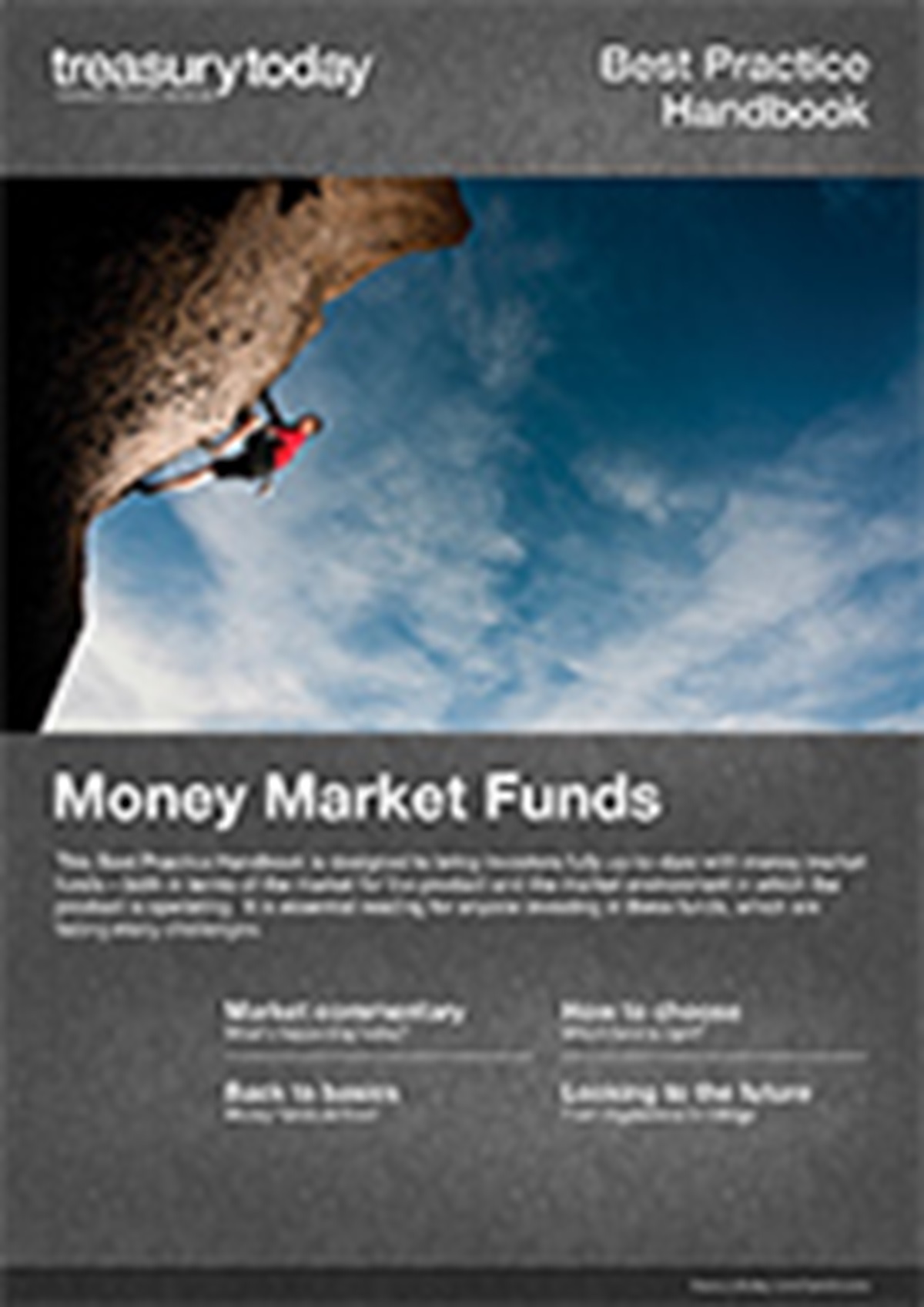
Corporate and Institutional Money Market Funds in Europe
Publication date: Sep 2012
This Best Practice Handbook is designed to bring investors fully up-to-date with money market funds – both in terms of the market for the product and the market environment in which the product is operating. It is essential reading for anyone investing in these funds, which are facing many challenges.
This Handbook also provides a useful brief on the practicalities of using money funds and highlights the efficiencies that they should continue to offer in the daily management of corporate liquidity.
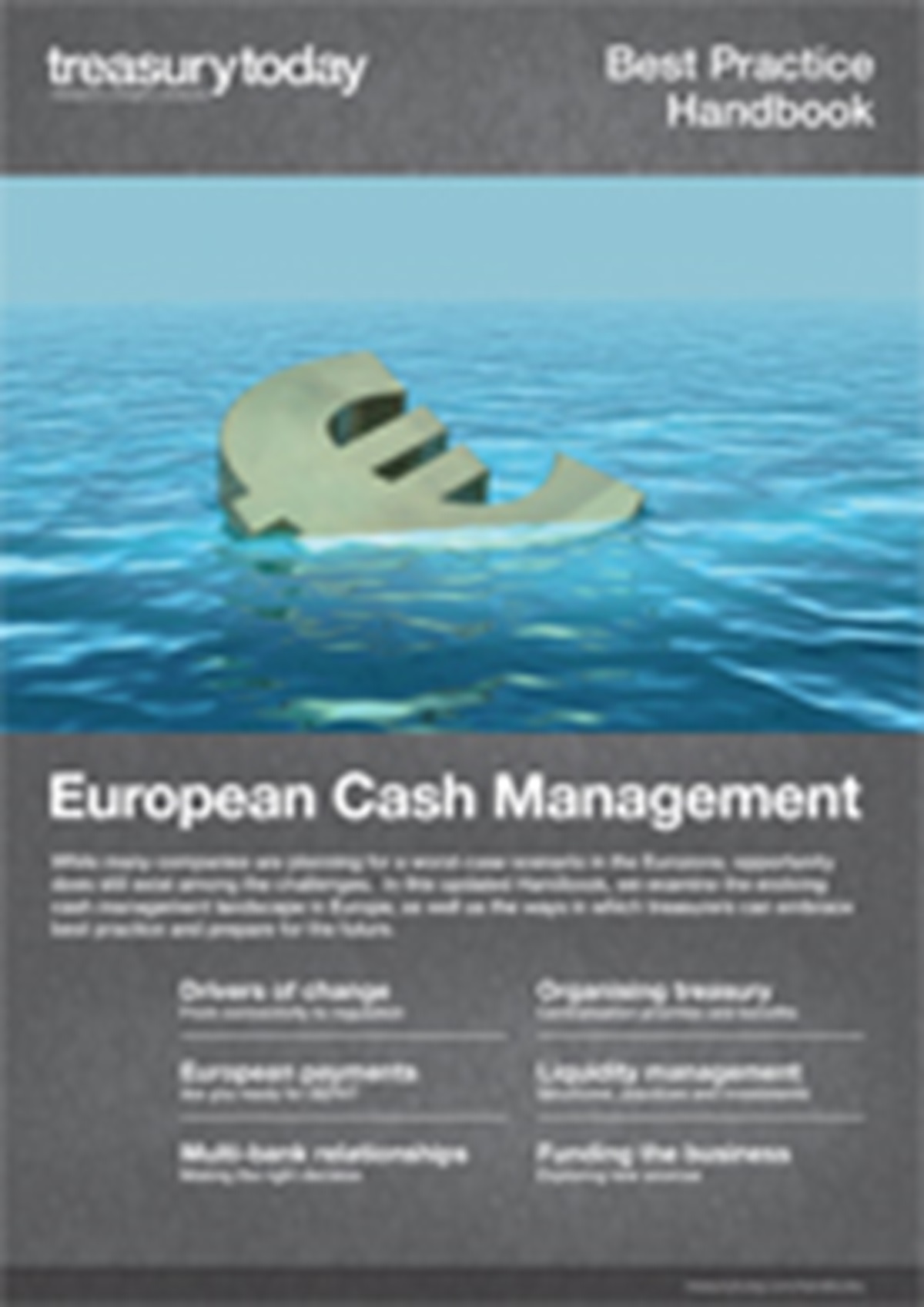
European Cash Management 2012
Publication date: Aug 2012
“The risks surrounding the economic outlook for the euro area continue to be on the downside,” says the August 2012 bulletin from The European Central Bank (ECB). “They relate, in particular, to the tensions in several euro area financial markets and their potential spill-over to the euro area real economy. Downside risks also relate to possible renewed increases in energy prices over the medium term.” As if this weren’t enough to contend with, the ECB has also cut its 2013 growth forecast for the single currency area from 1% to 0.6%.
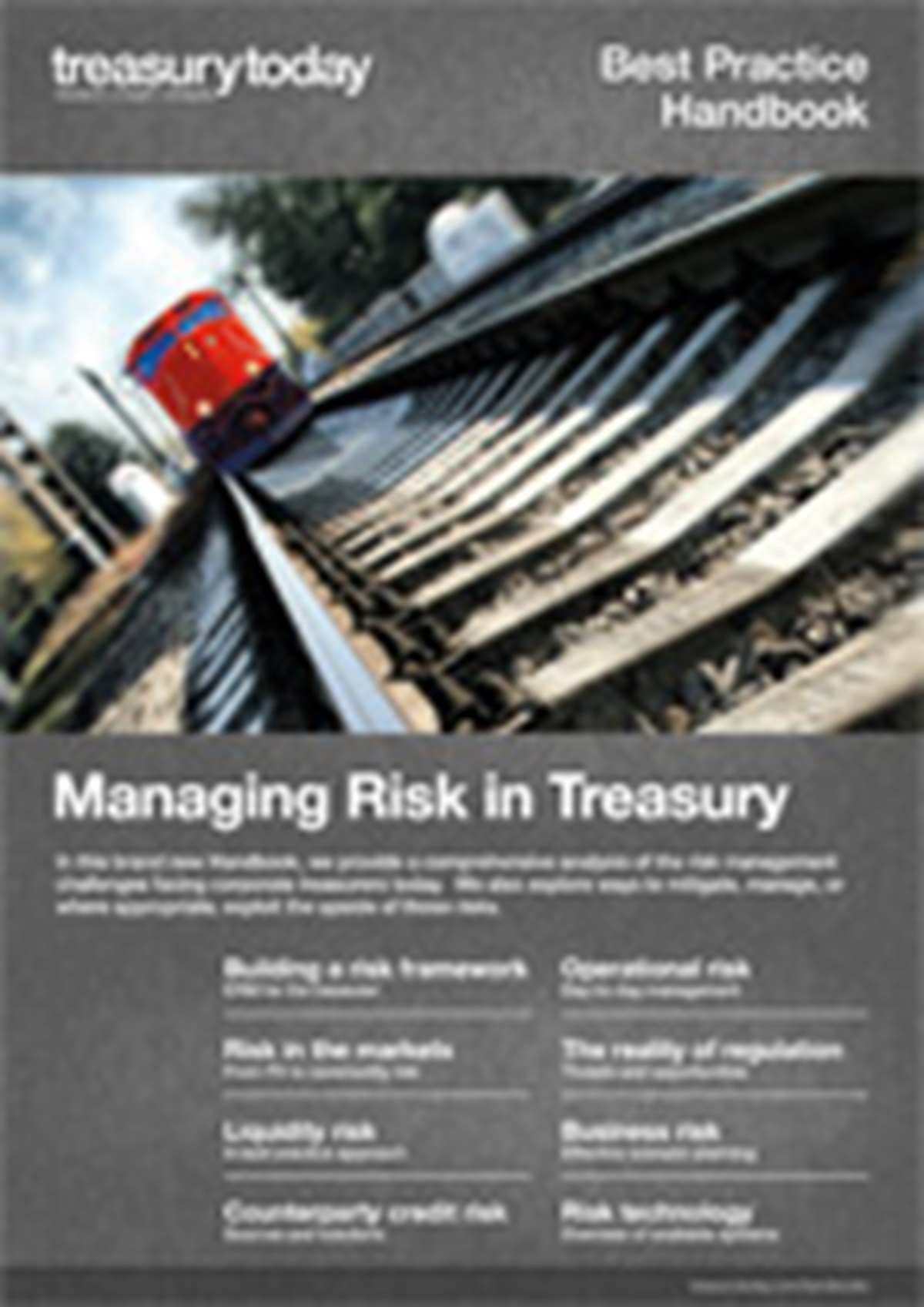
Managing Risk in Treasury
Publication date: Mar 2012
There are a variety of different risks that businesses have exposures to. This means that there are also numerous methods and tools for managing risk. Management of risk enables different outcomes. It can be described as a form of insurance. It will pay out in some form or another if a certain set of events occur.
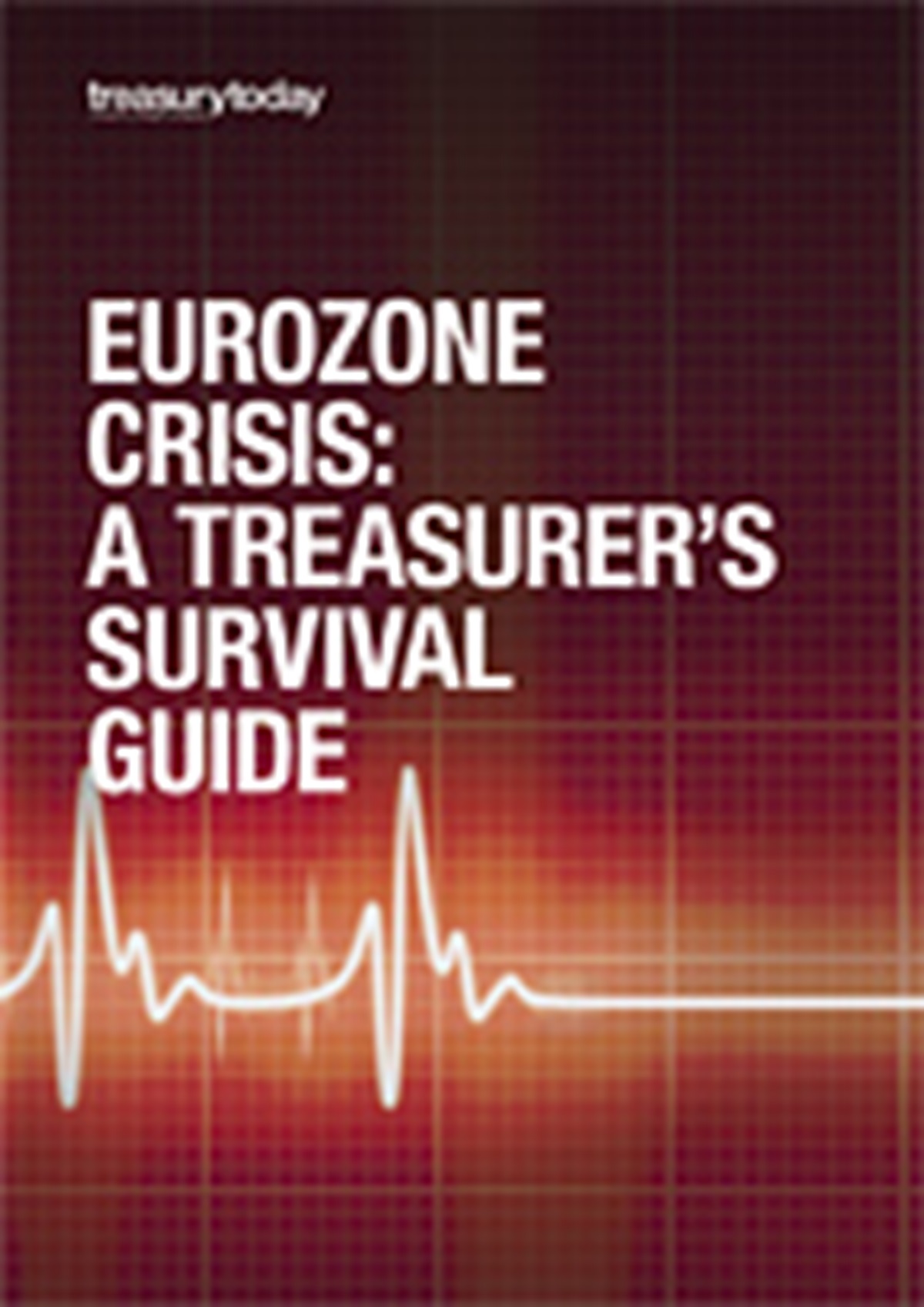
A complimentary special report on the Eurozone crisis
Publication date: Dec 2011
In 2008, the outlook was certainly bleak. In 2011, things seem to be going from bad to worse. Governments were at least able to step in and rescue their country’s banks in the wake of the Lehman collapse. Today, it is both Eurozone banks and governments that need support and there is a distinct lack of co-ordinated effort in doing so.
So where does this leave the treasurer? In this unsponsored special supplement, we tackle the core challenges that the Eurozone crisis presents: will Eurozone leaders make an unprecedented leap towards fiscal union or will the single currency begin to fragment? Moreover, what safety measures should treasurers pursue to avoid the brunt of any fallout?

Managing the Financial Supply Chain
Publication date: Sep 2010
As a direct result of the financial crisis, working capital management and supply chain improvement have become top treasury priorities. While corporates look for efficiency gains to free up working capital, FSCM is helping companies to achieve value throughout their supply chains.
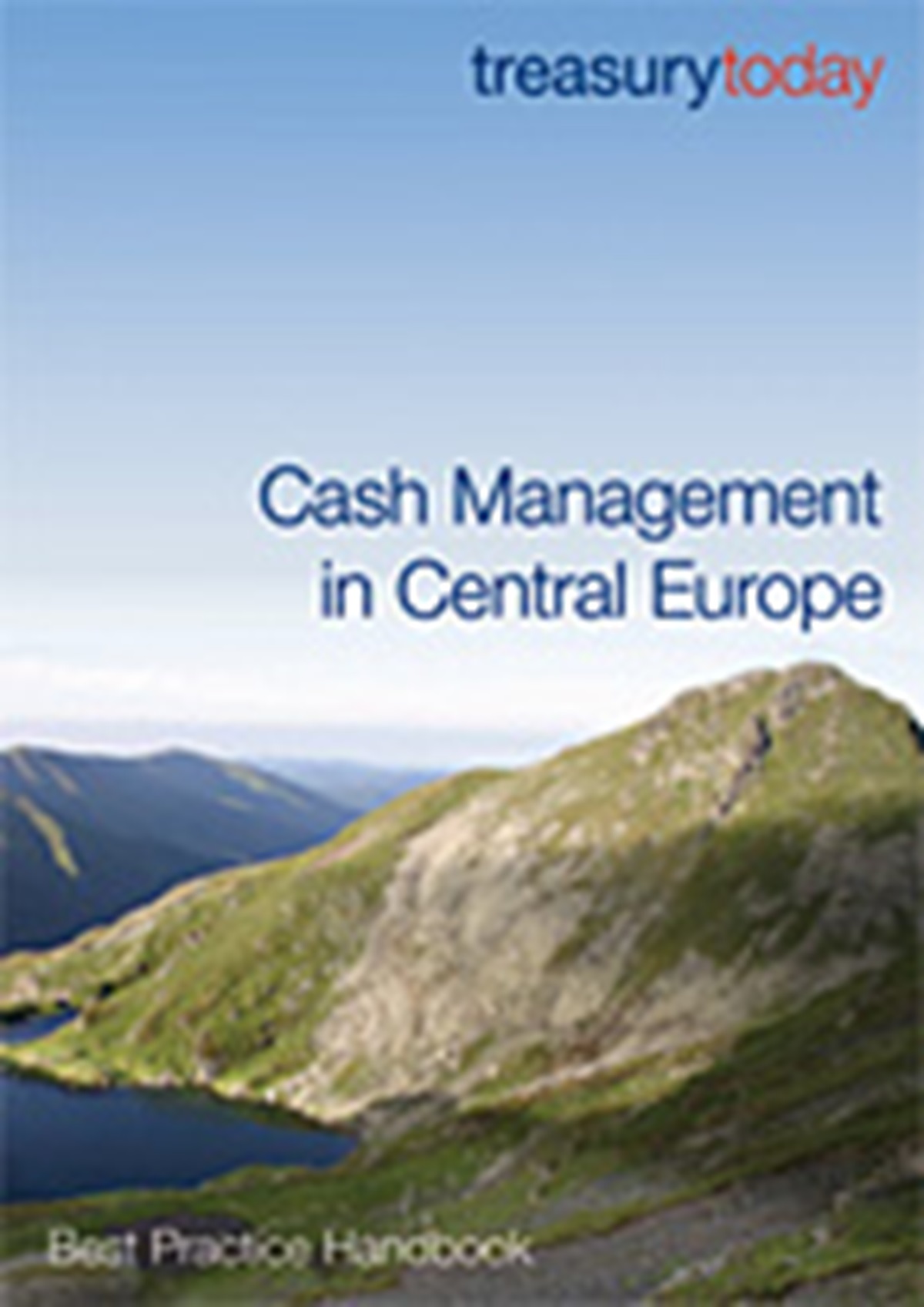
Cash Management in Central Europe
Publication date: Oct 2008
This handbook is a comprehensive update of our 2006 report providing current information on issues affecting the nations and the Central European region as a whole. In this handbook we look at the individual countries and the region as a whole, considering the banking and payments landscape and the cash management options open to corporates.

A Guide to SEPA Payment Instruments
Publication date: Jun 2008
Launched in January 2008, SEPA heralds an ambitious migration to new euro-wide payment instruments and infrastructures. The gradual roll-out of the SEPA Credit Transfer Scheme and the SEPA Cards Framework and the scheduled launch of the SEPA Direct Debit Scheme by November 2009, bring the European Commission’s vision for the single market several steps closer to realisation.
